Like A Bridge Over Troubled Water
spectre
20 years ago
Related Stories
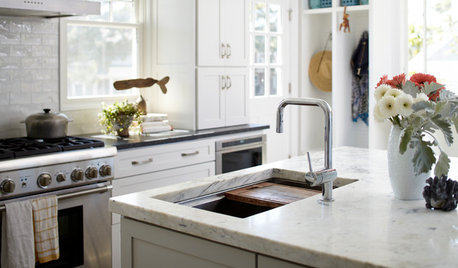
KITCHEN DESIGNKitchen of the Week: Double Trouble and a Happy Ending
Burst pipes result in back-to-back kitchen renovations. The second time around, this interior designer gets her kitchen just right
Full Story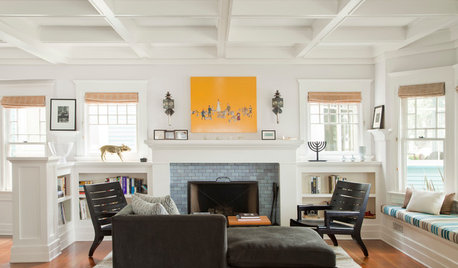
CRAFTSMAN DESIGNHouzz Tour: Bridging Past and Present in a California Craftsman
A Santa Monica bungalow says goodbye to gloominess and hello to a bright new look that mixes modern and traditional
Full Story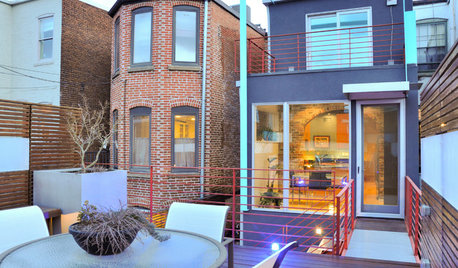
HOUZZ TOURSMy Houzz: Bridge Building Redefines a D.C. Row House
A new rooftop deck and elevated walkway give a Capitol Hill couple an enviable outdoor haven away from noise on the street
Full Story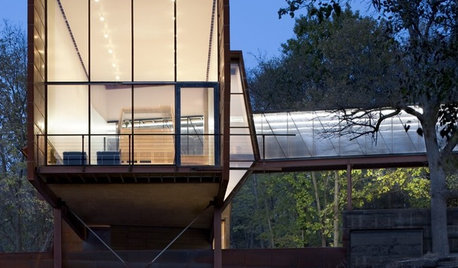
REMODELING GUIDESArchitect's Toolbox: Bridges That Unite Home and Land
Spanning an abyss or meant for a meditative meander, bridges on home sites inspire awe and wonder
Full Story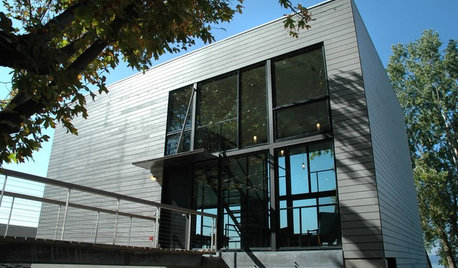
REMODELING GUIDESBridges Home: A Sense of Entry
Elevated Walkways Heighten the Experience of Arrival
Full Story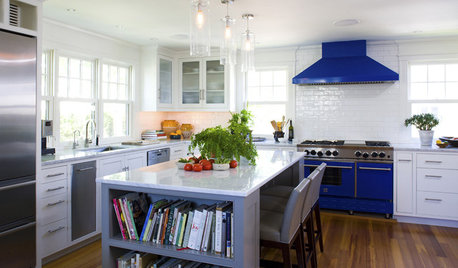
KITCHEN DESIGNSo Over Stainless in the Kitchen? 14 Reasons to Give In to Color
Colorful kitchen appliances are popular again, and now you've got more choices than ever. Which would you choose?
Full Story
MOST POPULARA Fine Mess: How to Have a Clean-Enough Home Over Summer Break
Don't have an 'I'd rather be cleaning' bumper sticker? To keep your home bearably tidy when the kids are around more, try these strategies
Full Story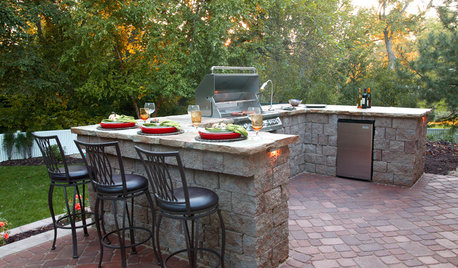
MOST POPULAR13 Upgrades to Make Over Your Outdoor Grill Area
Kick back on your patio or deck with a grill that focuses on fun as much as function
Full Story
LANDSCAPE DESIGNHow to Move Water Through Your Landscape
Swales, underground pipes or a mix of both: There’s more than one way to distribute water in the garden
Full StorySponsored
Columbus Area's Luxury Design Build Firm | 17x Best of Houzz Winner!
More Discussions







susi_so_calif
spectreOriginal Author
Related Professionals
Bellefontaine Neighbors Landscape Contractors · Federal Way Landscape Contractors · Harvey Landscape Contractors · New Cassel Landscape Contractors · South Lake Tahoe Landscape Contractors · West Haverstraw Landscape Contractors · Woodbury Landscape Contractors · Baltimore Siding & Exteriors · Four Corners General Contractors · Catonsville General Contractors · Champaign General Contractors · Dunkirk General Contractors · Euclid General Contractors · Millville General Contractors · North Tustin General Contractorsdenisew
spectreOriginal Author
AshaK
spectreOriginal Author
acj7000
mdvadenoforegon
spectreOriginal Author
AshaK
spectreOriginal Author
ginger_nh
acj7000
spectreOriginal Author
John_D
AshaK
spectreOriginal Author
John_D
spectreOriginal Author
AshaK
John_D
gillycat
mjsee
AshaK
spectreOriginal Author
socal23
jolj